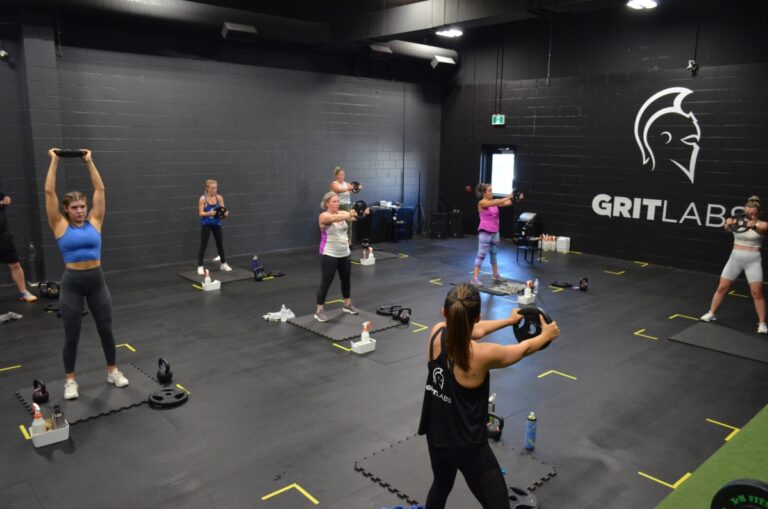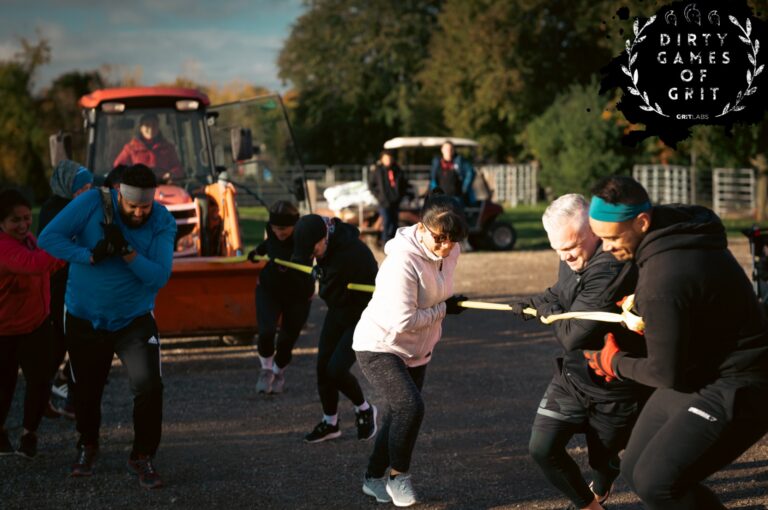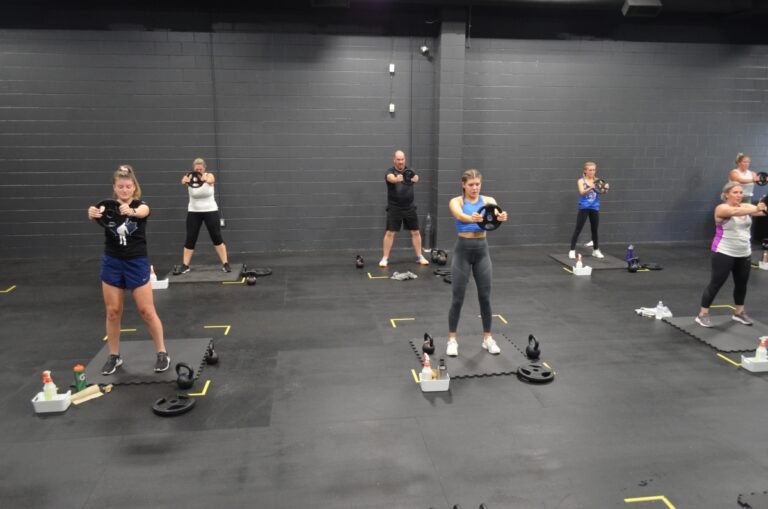Adapting Your Training as You Age: The Power of Strength Training
As we age, our bodies go through numerous changes, including the natural decline of muscle mass, bone density, and overall strength. To stay healthy and maintain a high quality of life, it’s essential to adapt our training routines to cater to these changes. In this blog post, we’ll delve into why strength training becomes increasingly important as we age, and offer some tips on how to incorporate it into your fitness routine.

The Importance of Strength Training as We Age:

1. Counteracting muscle loss: Beginning in our 30s, we start to lose about 3-5% of our muscle mass per decade. Strength training helps counteract this natural decline by stimulating muscle growth and increasing overall strength.
2. Improving bone density: As we age, our bones become more fragile and susceptible to fractures. Strength training not only stimulates bone growth, but also helps increase bone density, making them more resistant to fractures.
3. Boosting metabolism: With age, our metabolism slows down, making it easier to gain weight. Incorporating strength training into your routine helps increase your metabolic rate, allowing you to burn more calories throughout the day.
4. Enhancing functional fitness: Strength training promotes functional fitness, improving your ability to perform everyday tasks with ease. This can help you maintain independence and enjoy a better quality of life as you age.
5. Reducing the risk of chronic diseases: Regular strength training can help lower the risk of developing chronic diseases like heart disease, diabetes, and certain types of cancer.
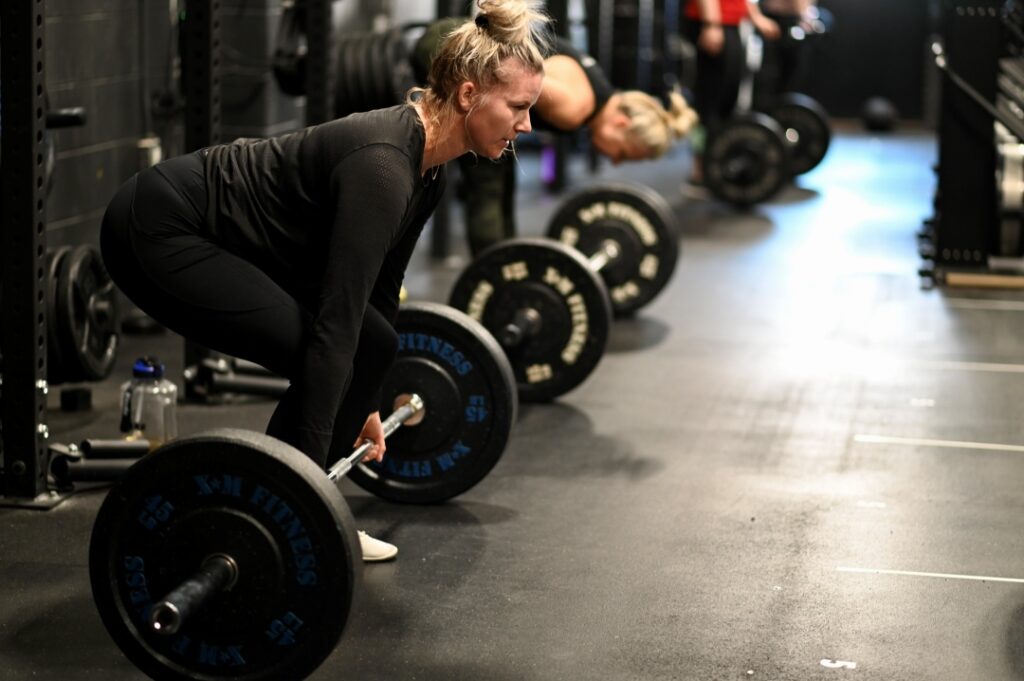
Tips for Incorporating Strength Training into Your Routine:

1. Start with bodyweight exercises: If you’re new to strength training, begin with bodyweight exercises like squats, push-ups, and planks. These foundational movements help you build a strong base before progressing to more advanced exercises.
2. Prioritize compound movements: Compound exercises like squats, deadlifts, and bench presses work multiple muscle groups simultaneously, offering a more efficient and effective workout. Focus on these movements to make the most of your strength training sessions.
3. Gradually increase resistance: As you become more comfortable with strength training, gradually add resistance in the form of dumbbells, resistance bands, or weight machines. Be sure to increase the weight slowly and progressively to avoid injury.
4. Incorporate rest and recovery: Recovery is essential for muscle growth and preventing injury. Make sure to include rest days in your workout routine and consider incorporating gentle stretching or yoga to aid in recovery.
5. Seek professional guidance: If you’re unsure of where to start or need help with proper form, consider working with a personal trainer or physical therapist. They can create a tailored strength training program to meet your specific needs and goals.
6. Listen to your body: As we age, it’s important to pay close attention to how our bodies feel during and after exercise. If something doesn’t feel right, stop and consult with a professional. Remember, it’s better to err on the side of caution.
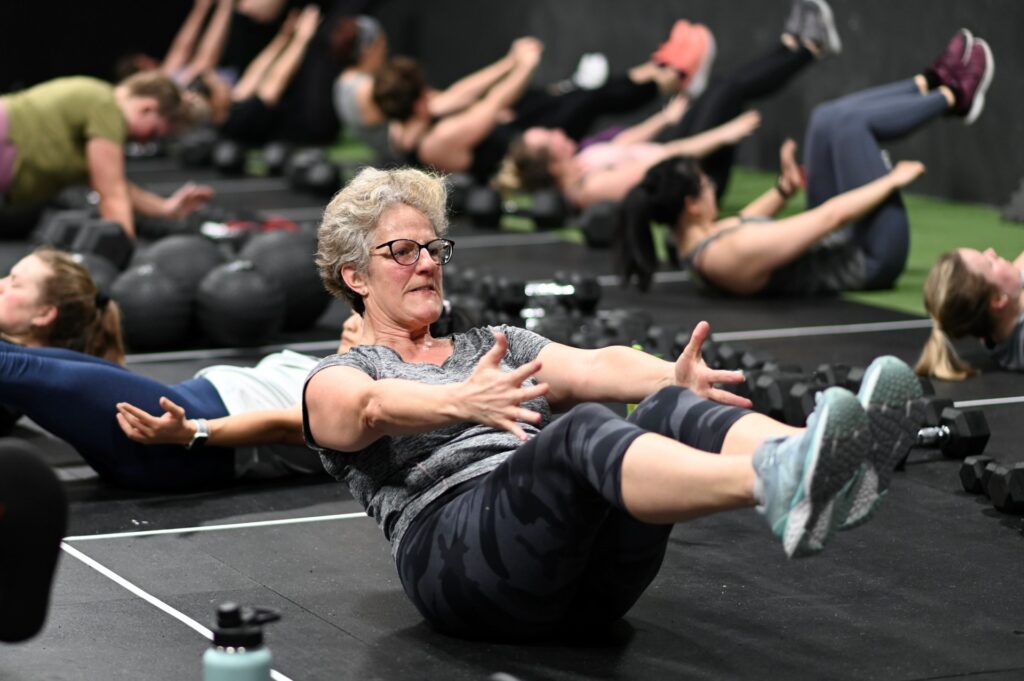
Conclusion:
Incorporating strength training into your fitness routine becomes increasingly important as we age. It helps counteract muscle loss, improve bone density, boost metabolism, enhance functional fitness, and reduce the risk of chronic diseases. Start with bodyweight exercises, prioritize compound movements, gradually increase resistance, incorporate rest and recovery, and seek professional guidance when needed. Most importantly, listen to your body and make adjustments as necessary to ensure a safe and effective workout. Embrace the power of strength training and enjoy the benefits of a healthier, more vibrant life as you age.



